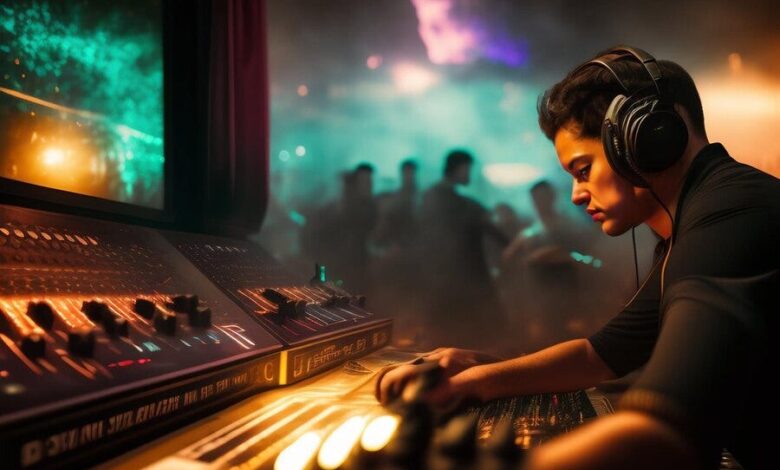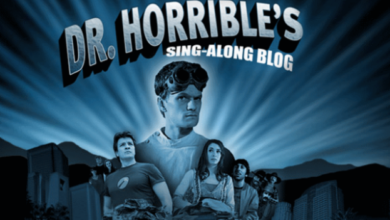Understanding Pulsamento: The Rhythm That Drives Music

When discussing the core elements of music, rhythm is the pulse that breathes life into compositions. One rhythmic method that stands out for its ability to add depth, emotion, and groove to music is pulsamento. If you’re an aspiring musician or a seasoned player looking to improve your rhythmic skills, understanding and mastering pulsamento is a must.
What is Pulsamento?
Derived from the Spanish word “pulsar,” meaning to pulse or beat, pulsamento is a rhythmic technique that creates a steady pulse through the consistent alternation of notes or chords. It’s the rhythmic backbone that guides melodies and harmonies, providing a solid foundation for a wide range of musical styles.
Historical Context and Cultural Significance
The origins of pulsamento can be traced to various musical traditions across the globe. From the sophisticated fingerpicking patterns of classical guitar to the energetic rhythms of flamenco, pulsamento has played a crucial role in shaping the way music is experienced and performed.
Classical Guitar
In classical guitar, pulsamento is key to maintaining tempo and articulating melodies. Composers like Fernando Sor and Francisco Tárrega integrated pulsamento into their works, creating intricate rhythmic patterns that challenged and inspired guitarists.
Jazz
Jazz musicians, particularly guitarists like Django Reinhardt and Wes Montgomery, use pulsamento to add swing and groove to their performances. The rhythmic flexibility of jazz allows pulsamento to shine, providing the rhythmic framework for improvisation and ensemble coordination.
Flamenco
Flamenco guitarists, including the legendary Paco de Lucía, employ pulsamento to create the intense, percussive rhythms characteristic of flamenco music. Techniques like rasgueado and golpe are used to enhance the rhythm and create a unique musical texture.
Techniques and Approaches
Pulsamento involves various techniques, from fingerstyle picking to complex strumming patterns. Here’s a closer look at some common methods:
Fingerstyle Technique
Fingerstyle guitarists must have precise control over finger movements to master pulsamento. This involves alternating between fingers, ensuring a seamless flow of notes, and maintaining a steady rhythm.
Strumming Patterns
For strummed instruments like acoustic guitar, mastering different strumming patterns is crucial. By experimenting with upstrokes and downstrokes, musicians can add texture and dynamics to their performances, creating captivating pulsamento effects.
Rhythmic Accuracy
The foundation of pulsamento is rhythmic accuracy. Practicing with a metronome and internalizing the pulse of the music can help musicians develop a solid sense of timing and groove.
Enhancing Musicality and Expression
Pulsamento contributes to the overall musicality and expression of a composition. The subtle variations in dynamics and articulation made possible by pulsamento can add depth and emotion to musical phrases, allowing musicians to convey a wide range of feelings and moods.
Adding Depth and Emotion
Pulsamento can transform a simple melody into a rich, expressive piece by allowing musicians to play with dynamics and phrasing. From delicate arpeggios to powerful chord progressions, pulsamento provides the tools to create compelling musical narratives.
Creative Applications in Songwriting
Songwriters can harness pulsamento to create captivating melodies and arrangements. By experimenting with different rhythmic patterns and chord progressions, they can compose pieces that resonate with listeners and evoke strong emotional responses.
Fusion with Electronic Music
In contemporary music production, pulsamento is often fused with electronic elements, creating innovative sounds. By incorporating sampled guitar loops or synthesized rhythms, artists can create a fusion of traditional and modern styles.
Overcoming Common Challenges
Learning pulsamento can be challenging, but with practice and patience, musicians can master this essential rhythmic technique. Here are some common hurdles and tips for overcoming them:
Overemphasis on Speed
While speed is impressive, focusing solely on speed can lead to a loss of rhythmic accuracy and control. It’s important to prioritize precision and consistency before attempting faster tempos.
Lack of Dynamics
Dynamics are a key element of pulsamento. Musicians should focus on playing with expression, emphasizing the subtleties in their phrasing, and creating a sense of dynamics that brings the music to life.
Timing Issues
Even minor timing discrepancies can disrupt the flow of pulsamento. Practicing with a metronome and developing a strong internal sense of rhythm can help musicians avoid common timing issues.
Start Slow and Build Speed Gradually
When learning pulsamento, it’s essential to start at a slower tempo and build speed gradually. This allows musicians to focus on mastering the fundamentals before attempting more complex techniques.
Consistency is Key
Regular practice is critical to developing muscle memory and precision. By dedicating time each day to focused practice sessions, musicians can gradually improve their pulsamento technique.
Recording and Self-Evaluation
Recording practice sessions and listening back for feedback is an excellent way to identify areas for improvement. By critically analyzing their performance, musicians can refine their pulsamento technique and achieve greater precision.
Learning from the Masters
Studying the performances of master musicians can offer valuable insights into pulsamento techniques. Here are two legendary guitarists known for their mastery of pulsamento:
- Andrés Segovia: A pioneer in classical guitar, Segovia’s recordings are timeless examples of pulsamento in action. His interpretations of works by Bach and Sor continue to inspire guitarists worldwide.
- Paco de Lucía: A flamenco legend, de Lucía’s innovative approach to rhythm and harmony revolutionized the genre. His mastery of pulsamento made him one of the most influential flamenco guitarists of all time.
Conclusion
Pulsamento is the driving force behind many musical compositions. Whether you’re a classical guitarist, jazz musician, or songwriter, mastering pulsamento can take your performances to new heights. By focusing on rhythmic accuracy, exploring different techniques, and embracing creativity, you can unlock the full potential of pulsamento in your music.
Frequently Asked Questions (FAQs)
What equipment do I need to practice pulsamento?
Pulsamento can be practiced on a variety of instruments, including guitars, pianos, and drums. All you need is your instrument of choice and a dedicated practice space.
Can pulsamento be applied to different instruments?
Yes, pulsamento techniques are applicable to almost any musical instrument. From stringed instruments like guitars to percussion instruments, pulsamento is a versatile rhythmic technique.
How long does it typically take to master pulsamento?
The time required to master pulsamento varies based on individual skill level, practice frequency, and musical background. With consistent practice and dedication, significant progress can be made within a few months.
Are there online resources for learning pulsamento?
Yes, numerous online resources offer tutorials and instructional videos on pulsamento. Websites like YouTube and online learning platforms provide a wealth of educational content for aspiring musicians.
Can pulsamento be incorporated into my compositions?
Absolutely! Pulsamento is a versatile technique that can enhance the rhythmic structure of your compositions. Whether you’re writing a classical piece, a jazz improvisation, or a pop song, pulsamento can add depth and groove to your music.




